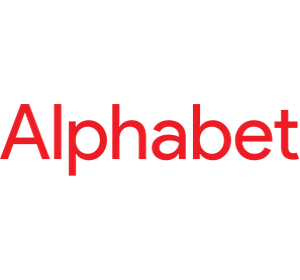$GOOGL $SOX $NVDA
#GooglePixel #Pixel9a #Smartphones #TechStocks #GOOGL #Semiconductors #AI #MobileTech #StockMarket #Investing #GadgetLeaks #BatteryLife
The highly anticipated Google Pixel 9a has surfaced in full through a series of hands-on video leaks, offering an early look at the upcoming smartphone ahead of its expected March 19 launch. The leaks reveal a flat design and significant hardware upgrades, including a powerful 48MP camera and an impressive 5,100mAh battery. As Google continues expanding its presence in the hardware segment, this mid-range smartphone could play a critical role in strengthening the company’s ecosystem beyond just software and services. While Pixel devices have historically lagged behind major smartphone manufacturers like Apple and Samsung in terms of market share, Google remains committed to its hardware lineup, leveraging AI-driven optimizations and seamless integration with its broader suite of services. Investors should pay close attention to how this device is received in the market, as it could drive hardware revenue and deepen user engagement within the Google ecosystem.
The Pixel 9a’s upgraded specifications could make it a compelling choice for budget-conscious consumers who want premium features at a lower price point. The 48MP camera implies improved photography capabilities, reinforcing Google’s efforts to compete with Apple’s iPhone SE and Samsung’s Galaxy A-series. Additionally, the inclusion of a 5,100mAh battery suggests a strong focus on extended battery life, a feature that has become increasingly essential for frequent smartphone users. This enhancement aligns with broader industry trends where battery longevity is a key differentiator in consumer purchasing decisions. With these improvements, the Pixel 9a could appeal to a larger audience, potentially boosting Google’s hardware sales and supporting $GOOGL’s long-term ambition to diversify beyond its core advertising business. The move also positions Google strategically against competitors who have historically dominated the mid-range smartphone segment, such as Samsung and Xiaomi.
From a stock market perspective, the launch of the Pixel 9a could impact $GOOGL’s valuation as investors assess its potential success. While hardware sales represent a fraction of Google’s overall revenue compared to its lucrative digital advertising business, an increase in Pixel shipments could contribute to incremental growth. Additionally, stronger hardware integration could enhance consumer adoption of Google’s AI-driven services, including Google Assistant, Google Photos, and Android’s AI-powered features. This can indirectly benefit the company by increasing its ecosystem stickiness, further monetizing users through cloud storage, app store purchases, and subscriptions such as Google One and YouTube Premium. The success of the Pixel 9a could also influence suppliers within the semiconductor space, including $SOX and $NVDA, as Google continues leveraging cutting-edge chip technologies to optimize performance and efficiency in its devices.
Beyond just the smartphone market, Google’s continued investment in hardware underscores its broader AI-focused strategy, which is central to its long-term growth. With AI becoming increasingly integral to mobile devices, the Pixel 9a serves as another vehicle for Google to showcase its advancements in computational photography, voice recognition, and machine learning applications. The company’s AI-driven approach could further differentiate its devices, providing an edge over competitors that focus primarily on hardware specifications. Investors and tech enthusiasts alike will be watching closely to see if the Pixel 9a can secure a stronger foothold in the market. As the March 19 launch nears, Google’s ability to drive meaningful traction with this device will be key to assessing its hardware ambitions and potential impact on its financial performance.











Comments are closed.